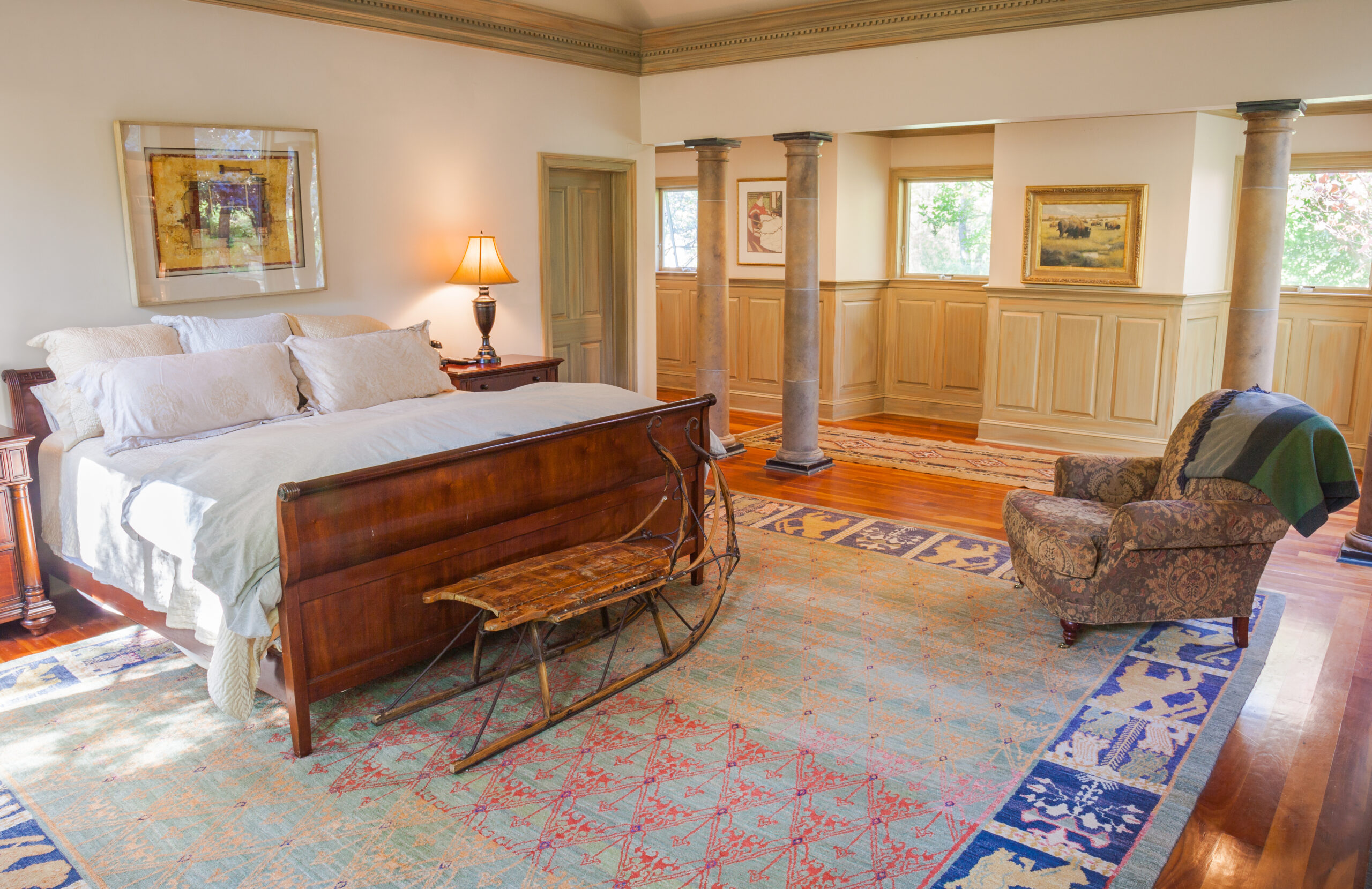What Makes Hand-Knotted Rugs So Unique?
When shopping for rugs, there are many terms used to describe everything from the dyes used to the pile texture to the method of rug construction. One term you will notice frequently used at Holly Peters Oriental Rugs & Home is “hand-knotted”. We take great care to select high quality rugs, knotted by hand, because we believe it makes all the difference. How are hand-knotted rugs made and why are they so unique? In this blog entry, we’ll explain what sets them apart. What Is A Hand-Knotted Rug? The oldest hand-knotted rug on record is a Persian rug that dates back to the 4th century B.C. Since then, their popularity has gone through cycles, but the time and effort put into them - and the stunning designs created - has remained unchanged. A hand-knotted rug is truly a work of art for your floor. Each knot is individually tied to a foundation to create the intricate designs on the finished products. The number of knots can easily reach thousands or even millions on larger area rugs. Depending on the type of rug, it’s pattern, and the fabric used, there could be anywhere between 100 - 300 knots per square inch. Because these rugs can be very dense and intricate they also take a great deal of time to make. Some oriental rugs take a weaver months or even years to complete. How Do They Differ From Flatweave and Hand-Tufted Rugs? A hand-tufted rug may sound similar, but it is actually an entirely separate process of rug construction. Although they are considered good quality and more durable than machine made rugs, they don’t compare to the craftsmanship that goes into a hand-knotted rug. A hand-tufted rug is made by stretching a piece of canvas over a frame and punching strands of wool into it. Once it is completed the canvas is removed from the frame, given a backing to keep the tufts secure, and then completed with a bit of fringe either sewn or glued on. This process is much quicker than the time is takes to complete a hand-knotted rug, which makes them an easier alternative. However, if you’re looking for a true heirloom piece that will stand the test of time, a hand-knotted rug is your best choice. A flatweave rug, sometimes referred to as hand-woven, is another popular rug style. Flatweave rugs are constructed without the use of knots. They are created using horizontal and vertical threads (weft...
How A Beautiful Rug Can Transform A Room
Many elements come together to create the interior design of a room. The first thing most people consider is color or furniture in the space, but what about the rug? Rugs are a distinct focal point in any room, and they can make or break a room’s design. Similar to deciding on art for your walls, it's important to consider what feelings and aesthetic you want to convey through the rug. Style, size, and color all play a role in the end result. It may seem daunting to try and decide given all the options out there — how do you choose the right one? A high quality rug is a work of art and something you’ll have for years to come, so we’re going to help walk you through some of the most important characteristics to consider before purchasing. From Oriental Rugs To Modern Styles One way a rug changes the room is due to it’s style. There are many styles and themes to consider when redecorating a room. Do you want a modern aesthetic, minimalist design, or an antique look? Do you like floral designs or bold geometric shapes? A rug should be considered like a piece of art, a major design element that needs to compliment the rest of the room. Placing a modern rug in a room full of bohemian design elements won’t create the same ambiance and won’t look as thoughtfully designed as if all the pieces blend together nicely. To the right you can see examples of rooms styled with Holly Peters rugs. As you can see, each of these rooms is beautifully designed with a cohesive style, one contemporary and one antique inspired. The rugs enhance each style in the given rooms, and tie all the other design elements and pieces of furniture together. This is why style is such an important consideration when picking out rugs for your living spaces. One Size Does Not Fit All Another important factor when choosing a rug is the size and layout of the space you’re designing. A rug that is too big for a room will overwhelm the design, and can even get in the way of the other furniture. A rug that is too small won’t make the ideal impact in your room and can also get in the way of your furniture. Take this room, for example. The rug is an ideal size for the dining room, extending past the chairs enough that someone could...



